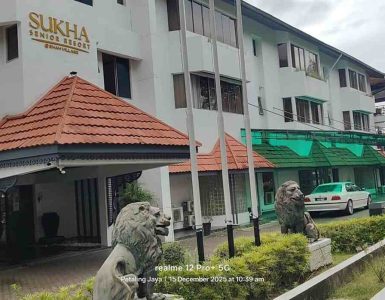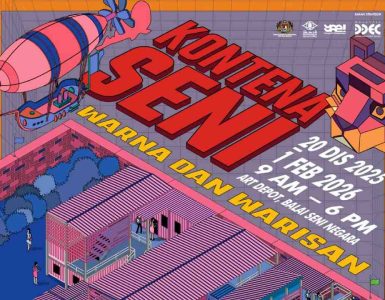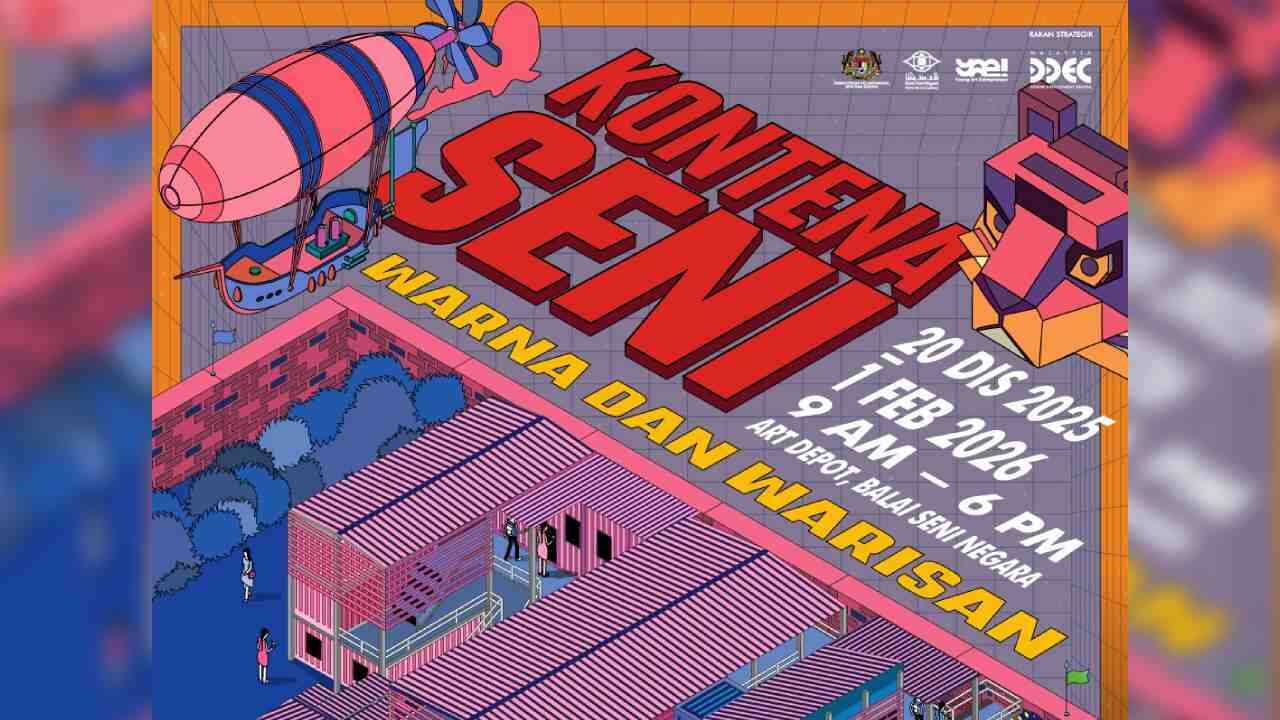Imagine: Tourists in white gondolas cruising down the Segget River, alongside Jalan Wong Ah Fook, where they disembark for a walk along the crystal clear waters, with a magnificent view of Johor Bahru town against the backdrop of Singapore’s CIQ in the distance.
This might be far-fetched, looking at the current state of the infamous Segget River which runs through downtown Johor Bahru, and the pedestrian walkway known as Legaran Segget.
Prior to the existence of Legaran Segget, one could mistake this river for an extra-large monsoon drain, its rat-infested water exuding an unbearable stench.
However, despite its murky waters, the Segget River has been a huge icon for Johoreans since the 1800s. Just as how Klang River was central in the development of Kuala Lumpur, Segget River has largely made the surroundings of Jalan Wong Ah Fook and Johor Bahru what it is today.
Conveniently, the Johor Bahru City Council took an easy way out by sweeping the problem under the carpet. Backed
The whole idea of the redevelopment by Johor Bahru City Council was to mitigate the unbearable stench from the river.
However, in the process of covering up, the contribution of Segget River to the development and heritage of Johor Bahru were simply overlooked.
The Segget River was once the passage for small traders to the Tanjung Puteri (Johor Bahru’s old name). The traders in the area took the opportunity to trade with the passing ships and economic activity around Segget River flourished, it eventually becoming a village known as Kampung Wong Ah Fook.
Kampung Wong Ah Fook today is known as just Jalan Wong Ah Fook.
In May 2010, Prime Minister Najib Razak, during his visit to Johor Bahru for the Iskandar Regional Development Authority’s (IRDA) briefing on the Johor Bahru City Renewal Plan, had envisioned the Segget River as a new tourist attraction, not unlike Venice.
Najib had compared it with Cheonggyecheon River in Seoul, South Korea which was closed due to heavy pollution, until the 5km river’s rehabilitatation three years later to become the most popular recreation site in Seoul.
To help kick-start the Segget River restoration project, Najib had announced a RM200 million allocation to open and clean up the river.
According to Johor Menteri Besar, Abdul Ghani Othman, the river will be re-opened and built as a double-deck river, with the upper deck channeling clean water and the lower deck channeling treated sewage to the Tebrau 
Since then, the Johor Bahru City Council has taken initiative to release a large amount of ‘friendly’ bacteria into the murky river to improve its water quality. The result so far has been positive and the prospect of re-opening the river is brighter than ever.
The vision of having gondolas plying the entire Johor Bahru downtown through Segget River might a reality but only with implementation of the project, and if a proper public awareness campaign can be done. The glory of Segget River can be restored and it will mark a milestone in heritage and environmental conservation.












